Width : 72/74 Inch
(useable width/full width)
Weight : 150 GSM


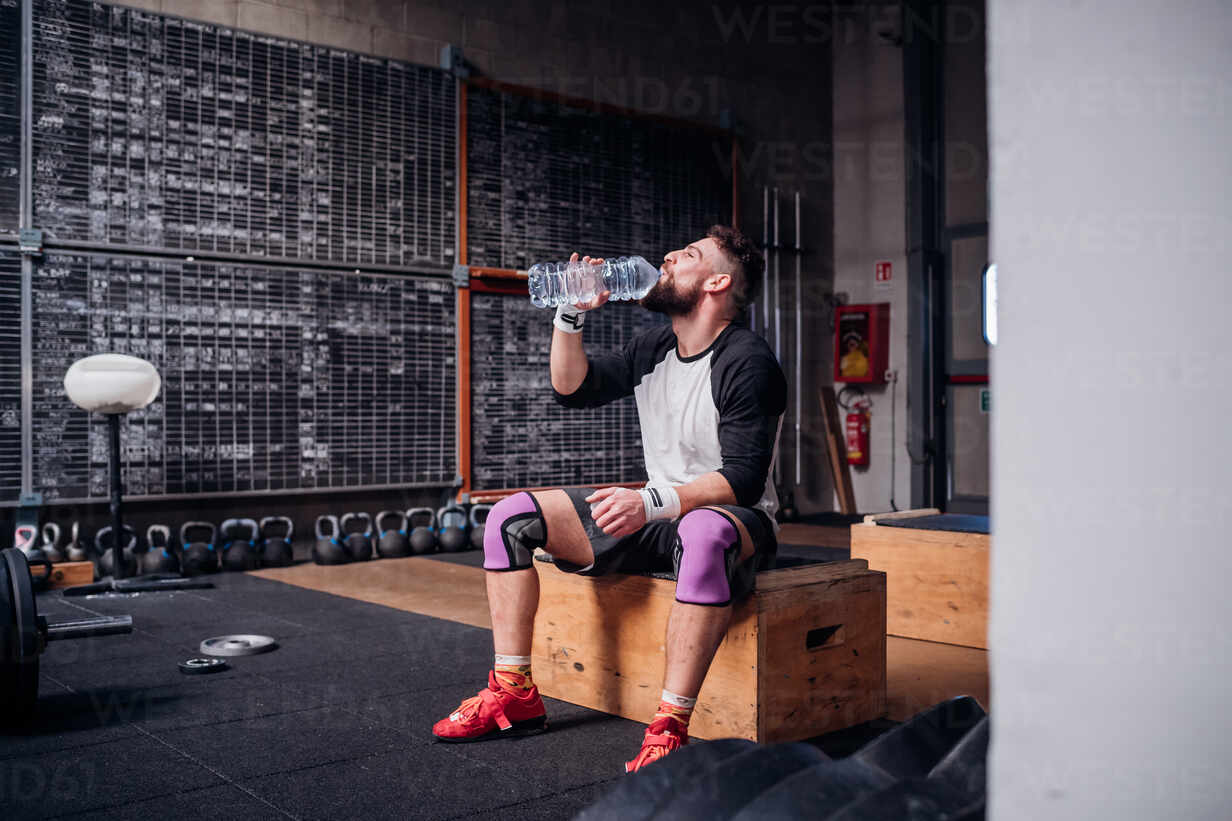


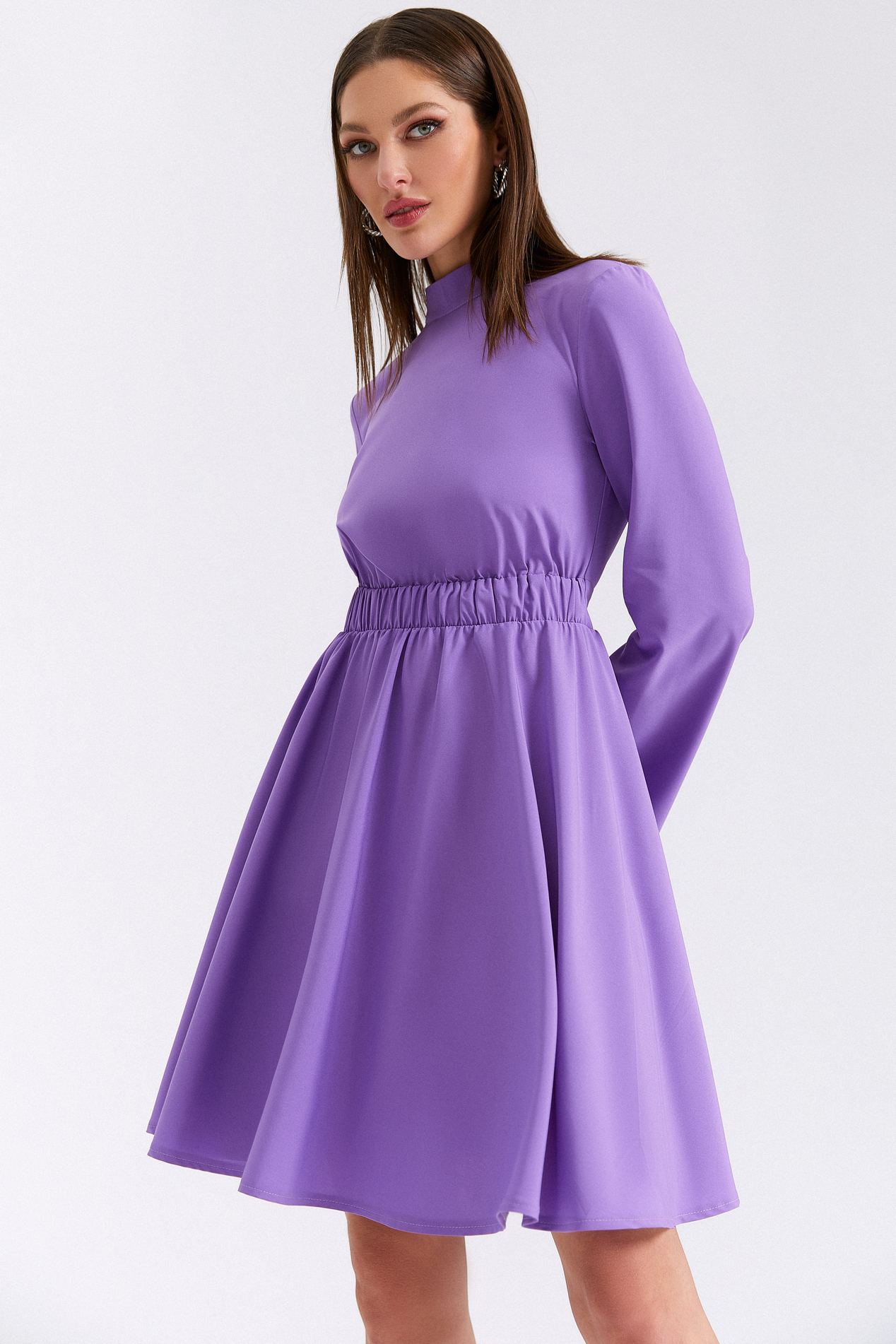
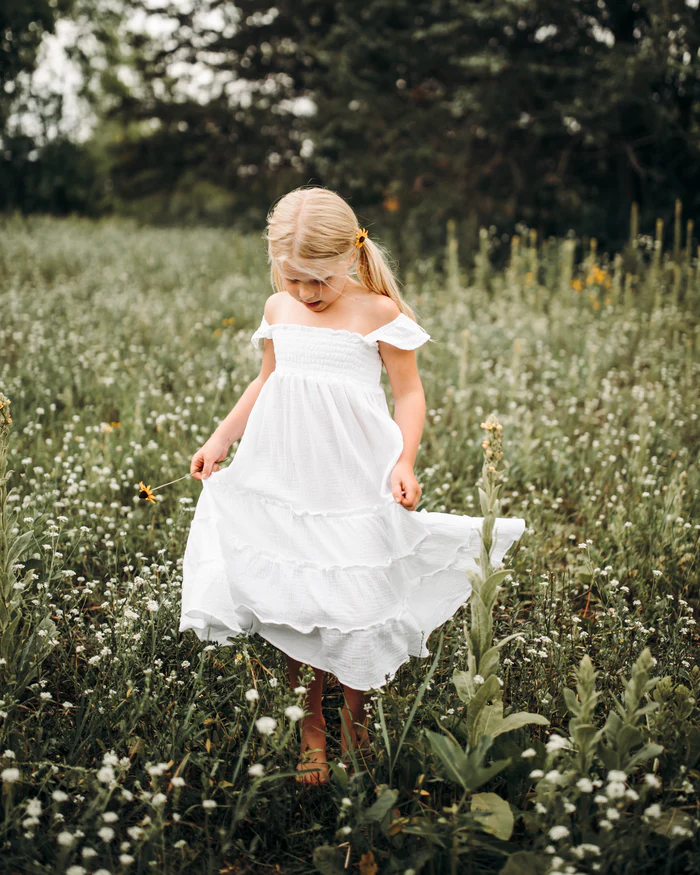
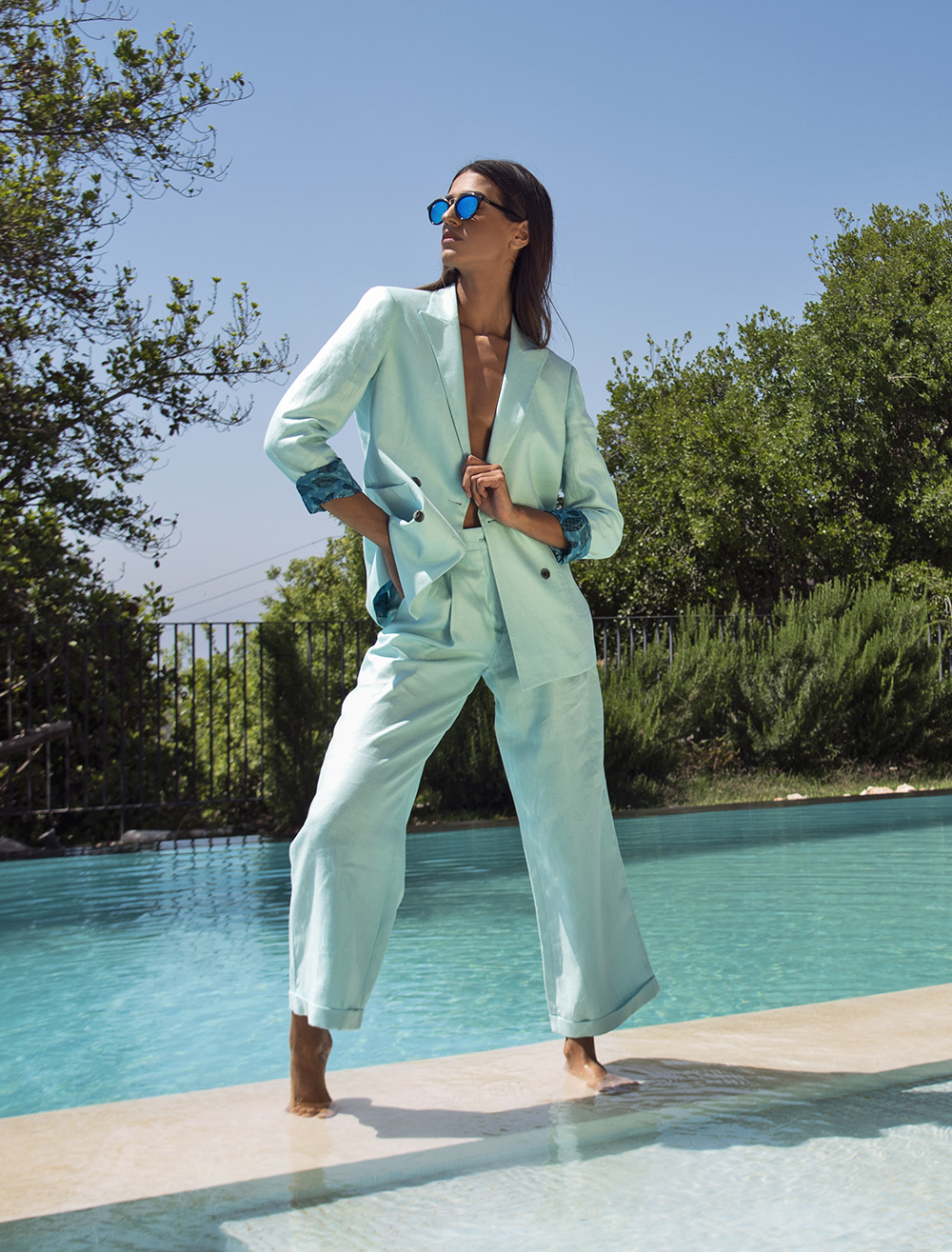
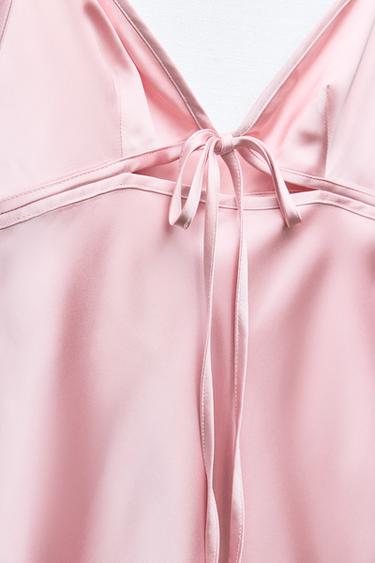
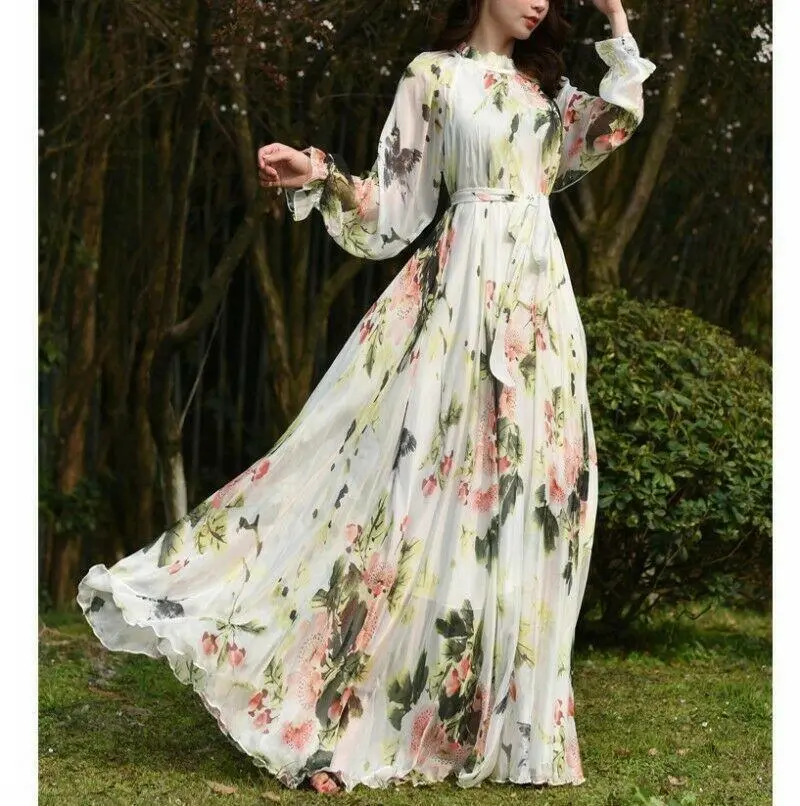
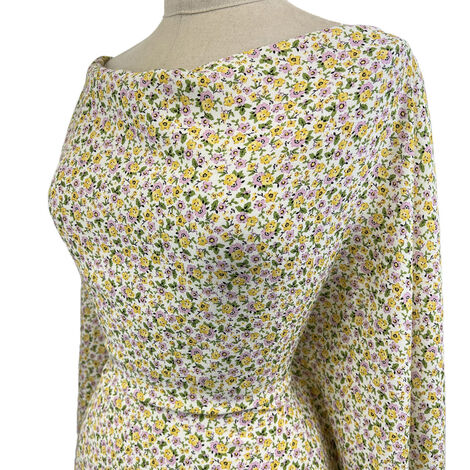
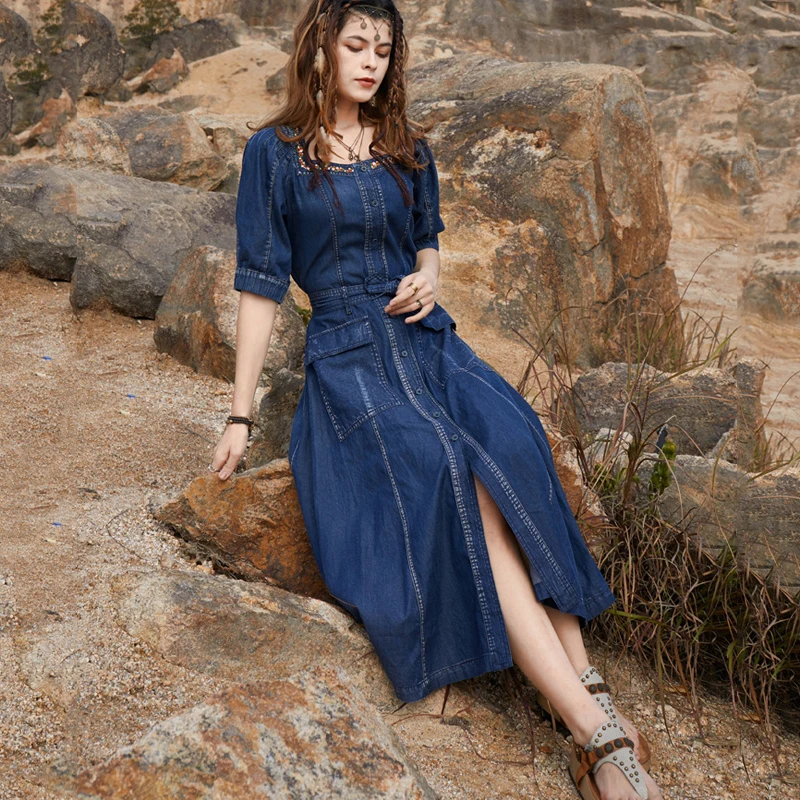
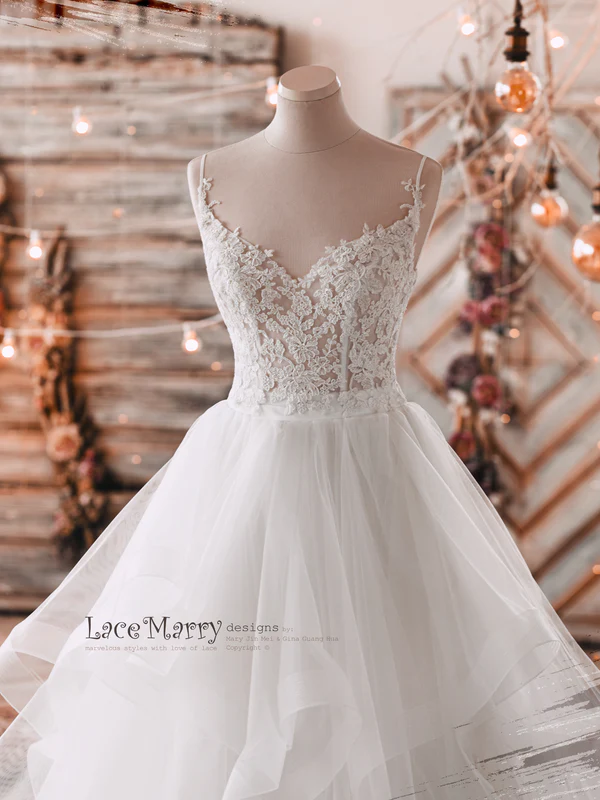
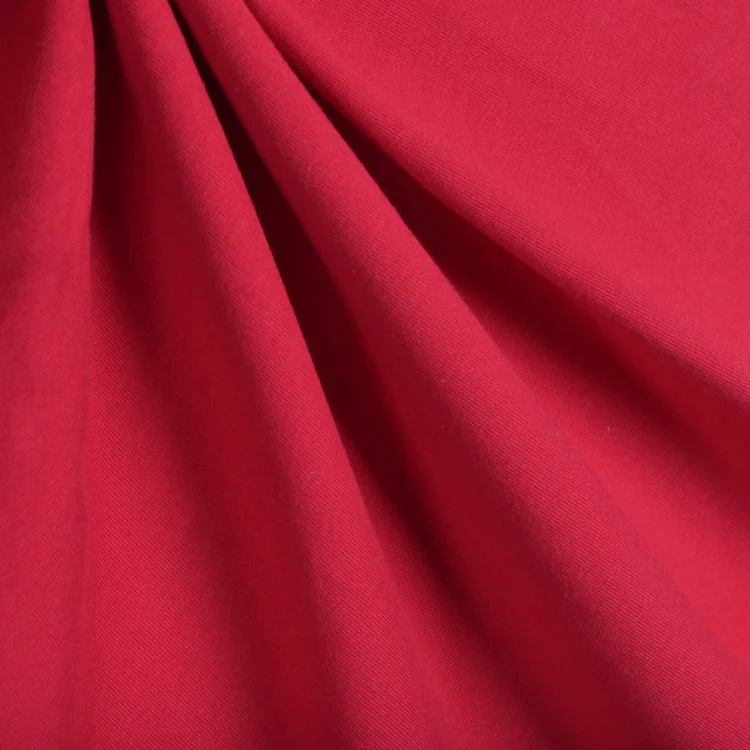
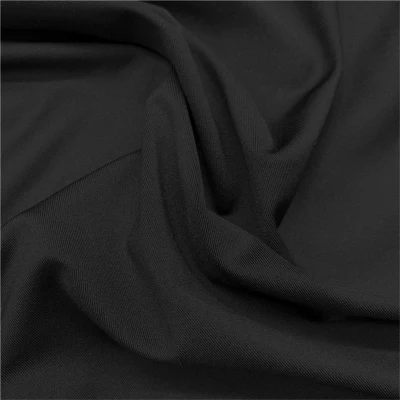
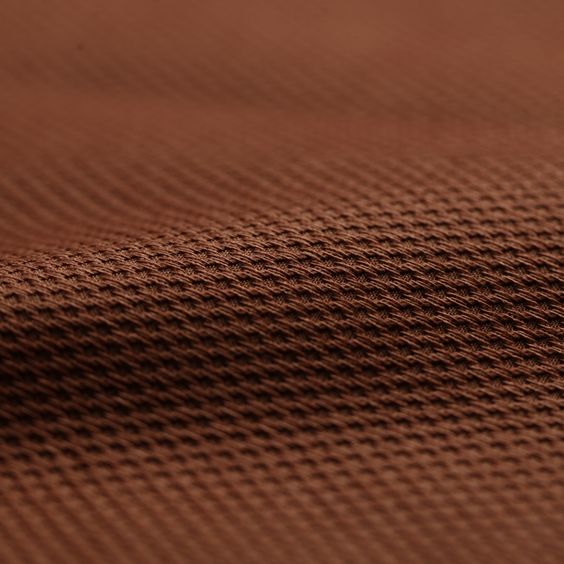
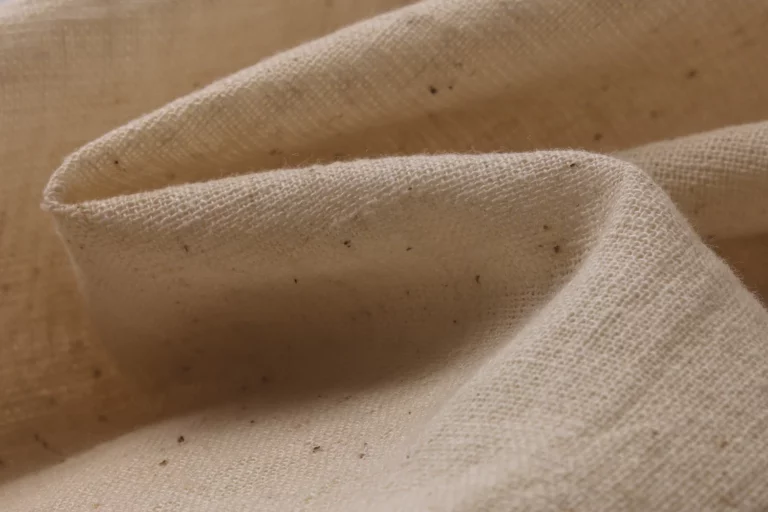
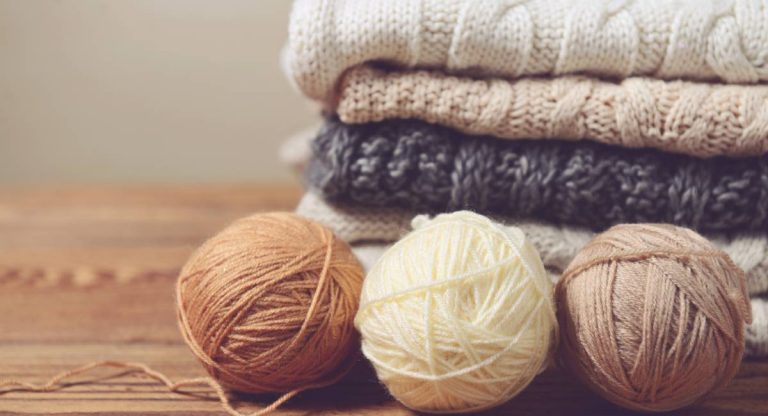
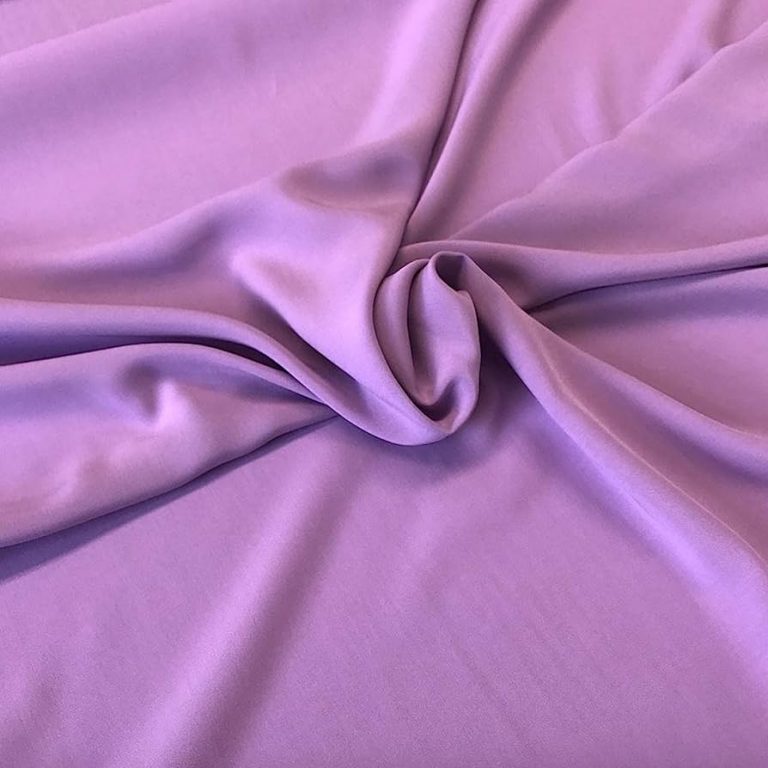
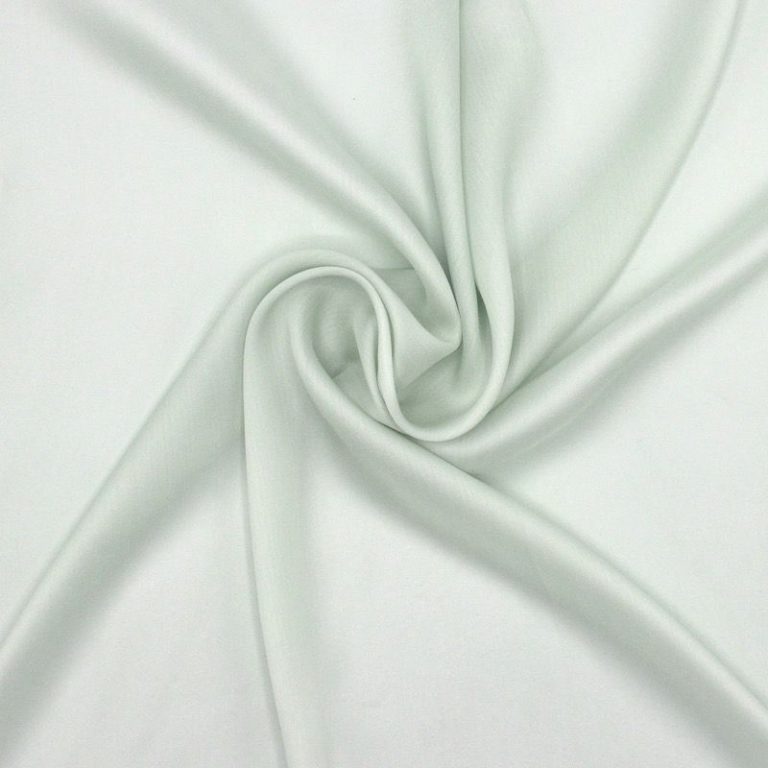
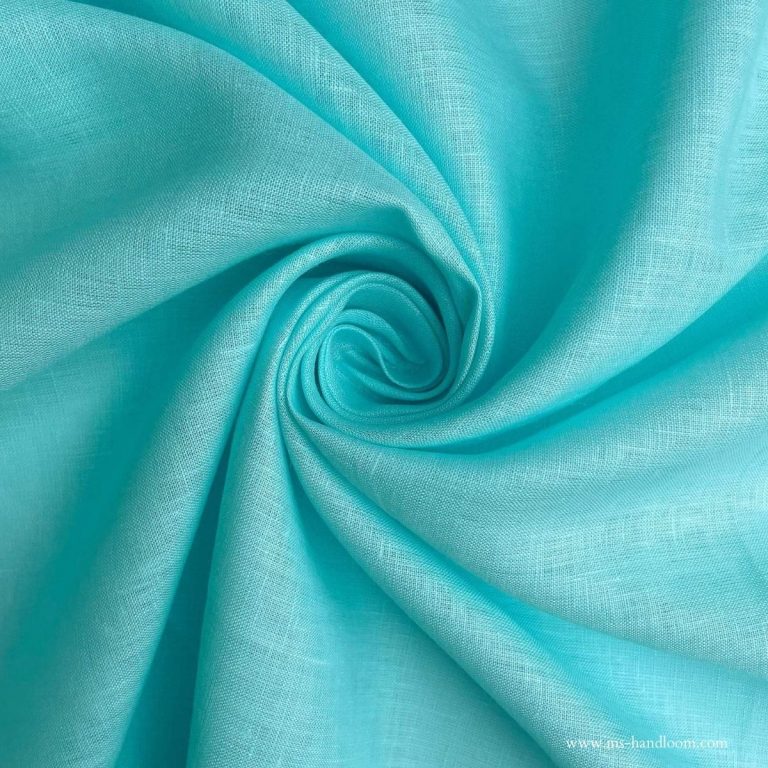
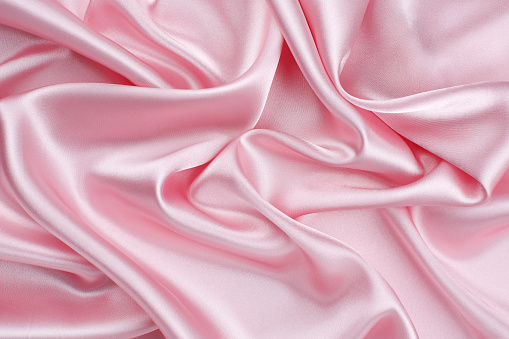

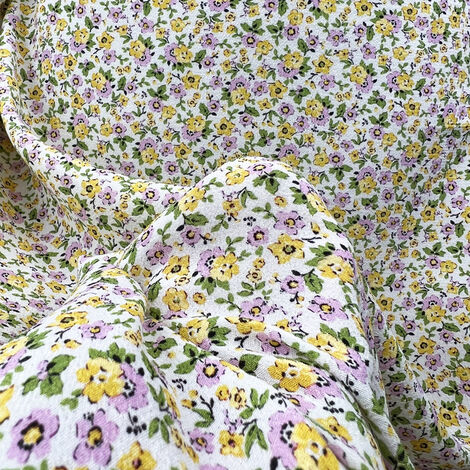
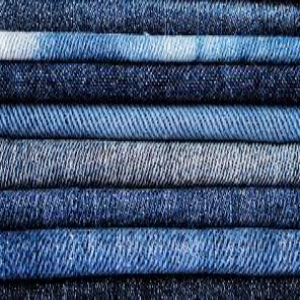
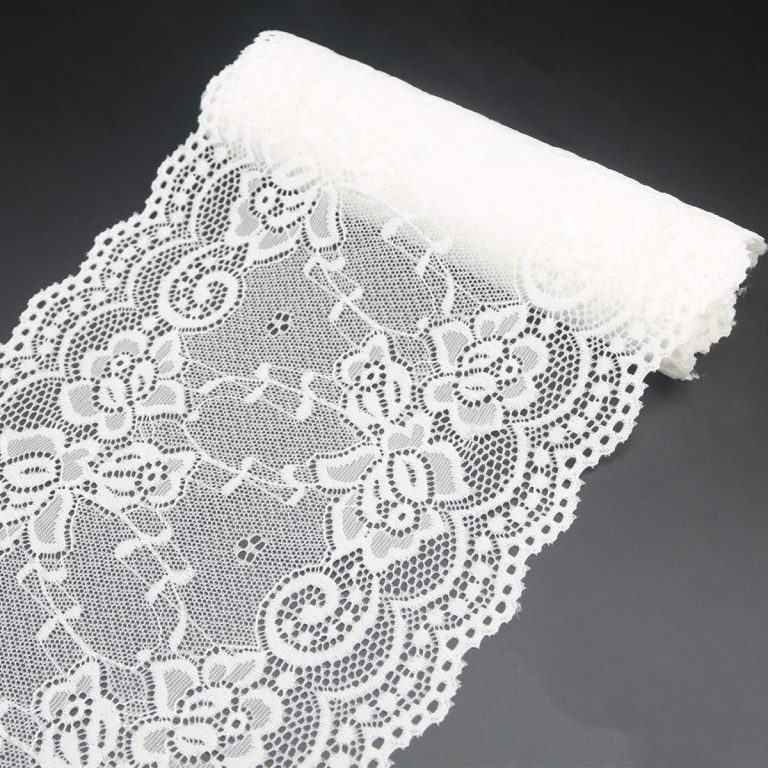

There are many reasons to choose Linktex sportswear Ltd. We're dedicated to giving you the best service possible. And we'll prove it. If you're not completely satisfied, we'll do our best to correct the problem.
Value is not only price, but follow-through, communication, honesty, and responsiveness.
100% satisfied for goods with different kinds of Clients design.
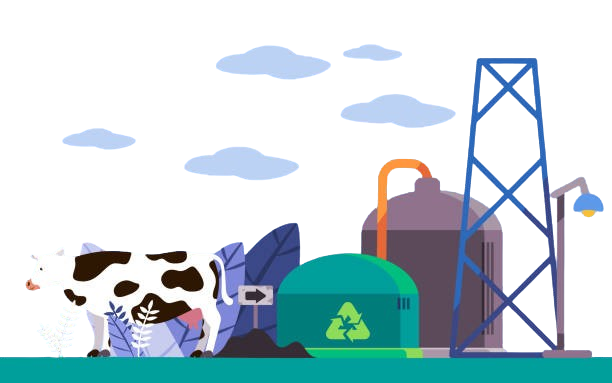
Linktex Sportswear Ltd. utilizes bio gas as an eco-friendly energy source in its manufacturing facilities. Bio gas, derived from organic waste, helps reduce the company's reliance on fossil fuels, lowering carbon emissions. By harnessing bio gas, Linktex contributes to environmental sustainability by minimizing its ecological footprint. This renewable energy source also aligns with Linktex's commitment to green practices and responsible manufacturing. Overall, integrating bio gas into its operations allows Linktex to create high-quality sportswear products while prioritizing environmental stewardship.
Linktex Sportswear embraces eco-friendly practices throughout its production process. By utilizing sustainable materials and implementing energy-efficient technologies, Linktex minimizes its environmental footprint. From sourcing eco-conscious fabrics to reducing water and energy consumption in manufacturing, every step is taken to prioritize sustainability. Linktex also prioritizes ethical labor practices, ensuring fair treatment of workers and supporting local communities. Through its commitment to eco-friendly initiatives, Linktex Sportswear strives to lead the industry towards a more sustainable future.
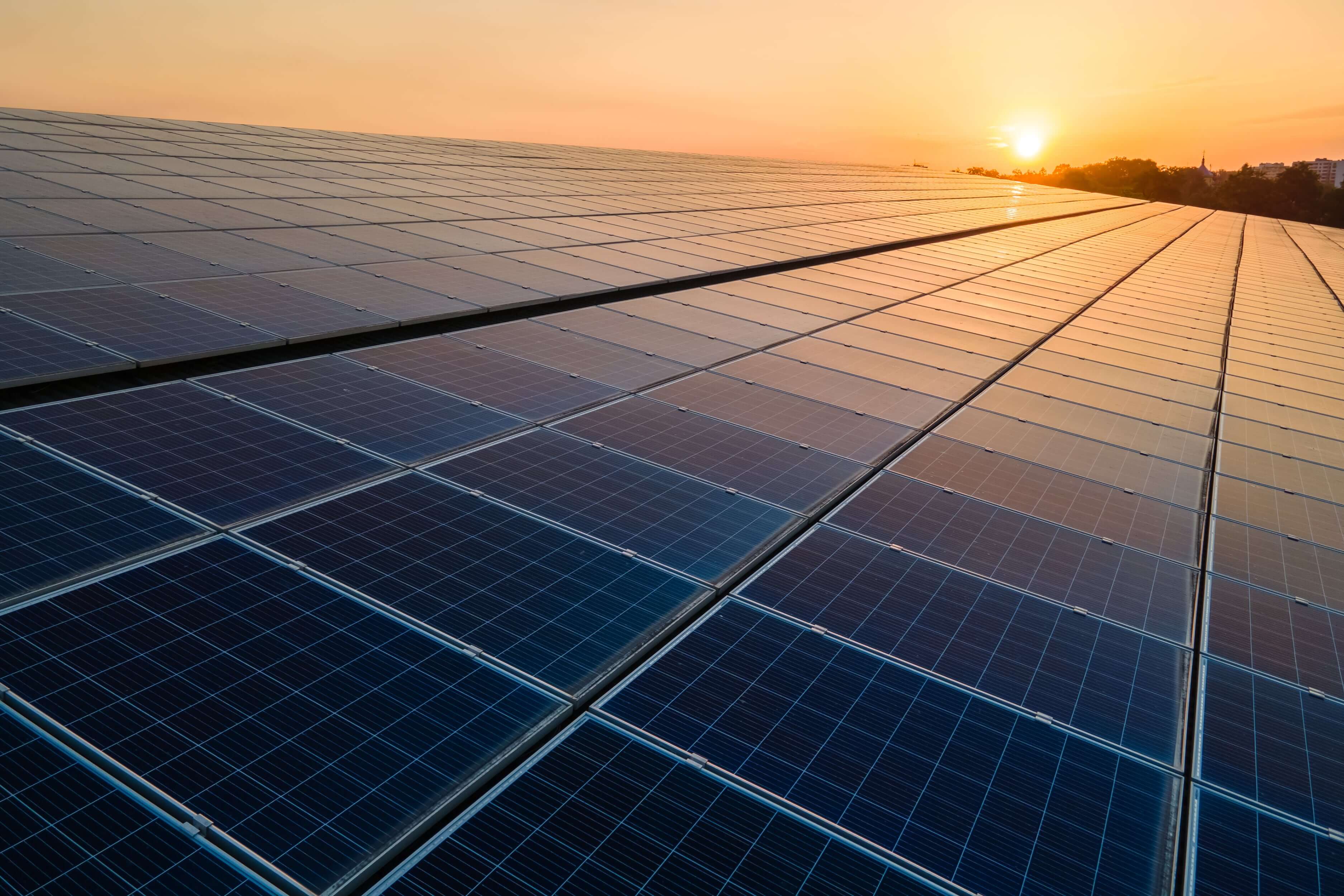
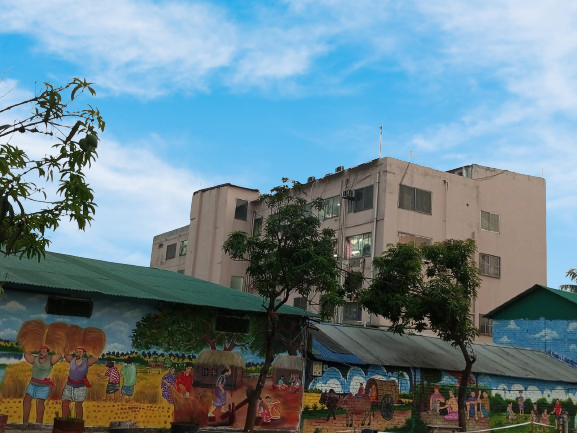
Linktex Sportswear is committed to environmental sustainability through various initiatives. These include implementing eco-friendly manufacturing processes to minimize resource consumption and waste generation. Additionally, the company focuses on sourcing sustainable materials and reducing carbon emissions throughout its supply chain. Linktex also invests in renewable energy solutions to power its operations and actively engages in recycling and upcycling programs. By prioritizing environmental sustainability, Linktex aims to minimize its ecological footprint while producing high-quality sportswear products.
Copyright © 2024, All Right Reserved LinKTex Sportswear Ltd.
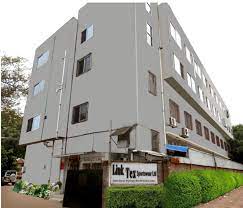
Factory Portfolio
Order Now 🔥